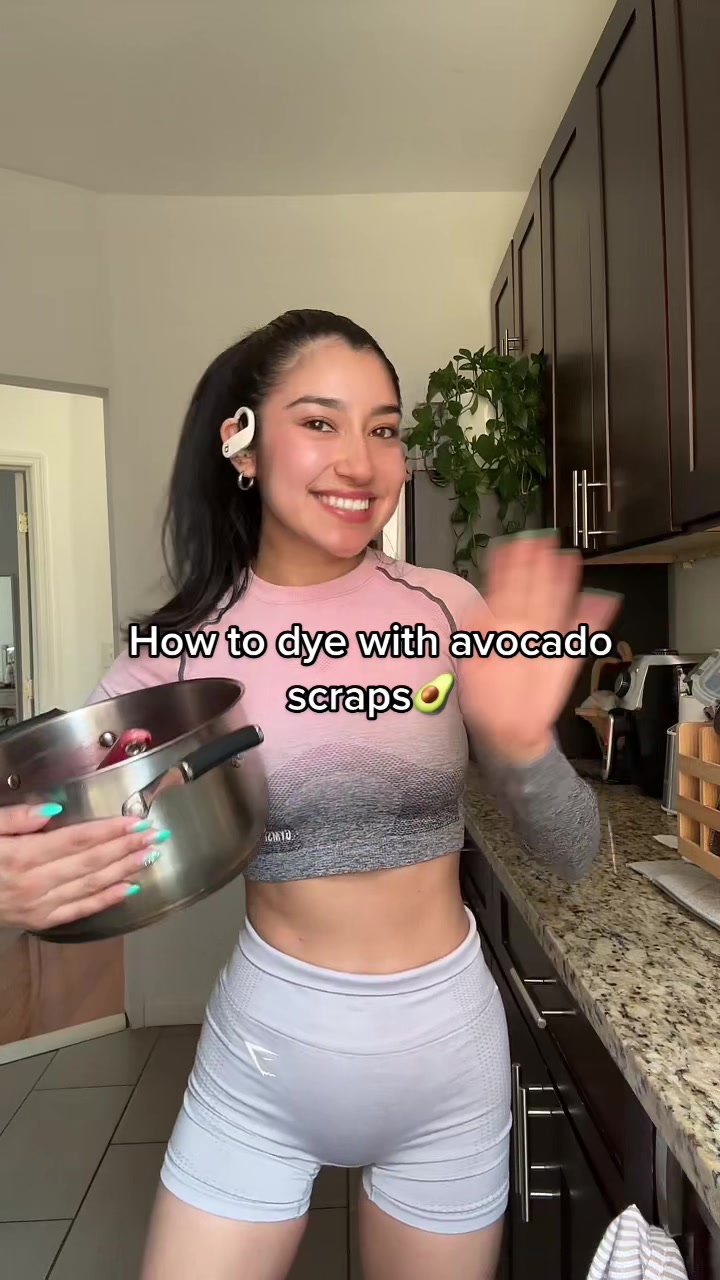How to Use Natural Dyes: A Sustainable Approach to Fashion
_You are a unique and beautiful individual. Your style should reflect that. But did you know that you can also be kind to the planet while celebrating your style? Let’s dive into the world of natural dyes._
Discover the Magic of Avocado Dye
A few years ago, I stumbled upon an intriguing fashion secret: the humble avocado. Yes, you read it right! The green fruit that’s a staple in your smoothies and salads can also give your wardrobe a fresh, sustainable makeover. This magical discovery led me to the world of natural dyes, a domain that marries style with sustainability.
Now, I’d love to share my journey with you, my dear friend. Let’s explore how to extract a beautiful range of colors from our favorite fruit, the avocado.
Step-By-Step Guide to Natural Dyeing
1. **Gather Your Materials**: You’ll need avocado skins and pits, a pot of water, and your fabric. I recommend using natural fabrics like silk or cotton, which absorb dyes well.
2. **Preparation**: Rinse and save your avocado scraps. Did you know you can extract a lot of dye from these often-discarded items? It’s like finding hidden treasure in your kitchen!
3. **Boil Your Avocado Scraps**: Fill a pot with water, add your avocado skins and pits, and bring it to a boil. I usually let it simmer for about an hour to extract the maximum color.
4. **Prepare Your Fabric**: While your dye is simmering, prepare the fabric. I use alum as my mordant, which helps the dye adhere to the fabric. Simply soak your fabric in a solution of water and alum.
5. **Dyeing**: Once your avocado bath is ready, place your fabric in it. I tested this method with a cotton trim and let it soak for about 20 minutes. The result? A beautiful, naturally dyed piece of fabric.
6. **Experiment with Mordants**: You can also use iron as a mordant. The iron shifts the color to a purple hue, adding another layer of versatility to your natural dyeing process.
7. **Rinse, Wash, and Dry**: After dyeing, rinse your fabric, wash it gently, and let it dry. Now, you have a naturally dyed garment ready to wear!
The beauty of using natural avocado dye is the array of colors you can get. With alum, you get warm orange hues, while with iron, you get more purple-pink hues. It’s a fun and sustainable way to experiment with your style.
Conclusion: Embrace Sustainable Fashion
I hope you give this method a try, my friend. Avocado dye is not just an eco-friendly way to refresh your wardrobe but also a testament to your unique style and commitment to the environment. Remember, fashion is not just about following trends. It’s about expressing your authentic self and making mindful choices that align with your values.
For more tips and tricks about sustainable fashion and style, check out vflippa.com/design-style/.
So go ahead, embrace the natural dye, and celebrate your style in the most sustainable way possible. Because you are beautiful, inside and out.
Hey guys, welcome back to my series how to Use Natural Dyes. Don’t throw out your avocado scraps. Save them and just rinse them. You can actually extract a lot of dye out of your avocado seeds and skins. Start by taking a pot and just fill it with some water. So you’re going to bring your avocado skins and pits to a boil? I boil for about an hour. I’m using alum as my mordant, so I’m just soaking some silk and cotton. I place it in the avocado bath and I have this cotton trim I wanted to test out. I let it sit for like 20 minutes. You can also use iron as a mordant. So I just let it sit in water and create an iron bath. I soak the cotton in silk and just repeat the previous steps. But you can see how the iron shifts the color to more of a purple hue. Rinse, wash, and dry. I wanted to show you the before and after with the natural avocado dye so you can see with the alum you get orange hues versus the iron you get more purple pink hues. I used alum for the cotton trim. I hope you guys give this a try because avocado dye is so beautiful.video

